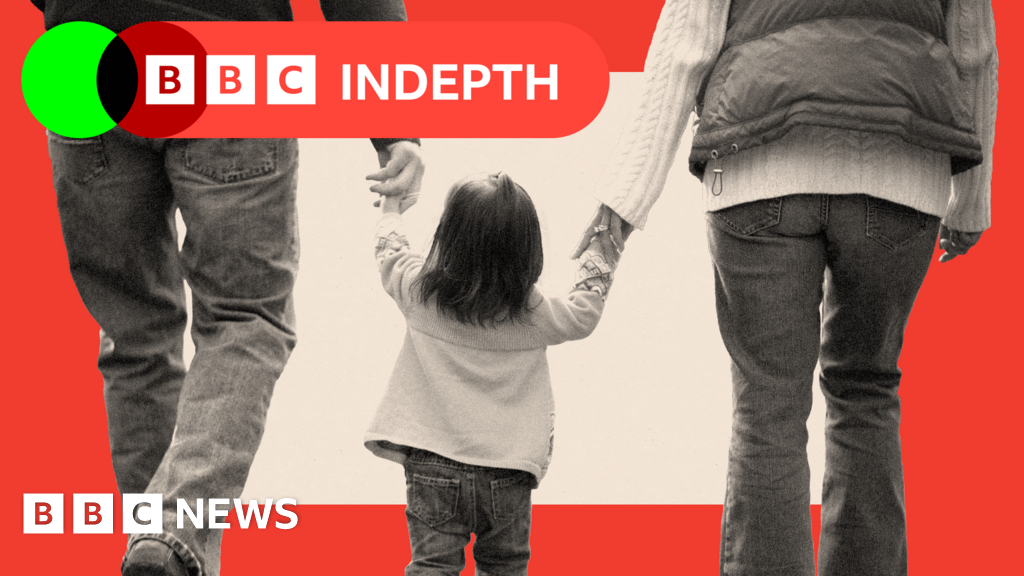U.S. Vice President JD Vance Meets Indian Prime Minister Modi to Discuss Trade and Strengthen Bilateral Relations

NEW DELHI U.S. Vice President JD Vance met with Indian Prime Minister Narendra Modi on Monday in a significant effort to fortify economic ties between the two nations, as India aims to navigate around looming American tariffs. This meeting comes at a crucial time when both countries are diligently working on establishing a bilateral trade agreement, which is seen as essential for enhancing their cooperative efforts in various sectors.
During their discussions, which took place at Modi's residence in New Delhi, the two leaders took a moment to reflect on and positively evaluate the ongoing progress in different areas of bilateral cooperation. Modi's office later released a statement expressing optimism regarding the trade negotiations that are currently underway, underscoring the importance of reaching a comprehensive deal before the end of the year.
The United States has emerged as India's largest trading partner, and the two nations have set an ambitious goal of more than doubling their bilateral trade to $500 billion by the year 2030. Achieving this target would not only significantly enhance economic relations but also strengthen diplomatic ties, creating a framework for future collaborations.
Vance's office has highlighted that this trade agreement presents a unique opportunity to negotiate a modern trade framework aimed at promoting job creation and enhancing the overall well-being of citizens in both countries. The goal is to achieve a balanced and mutually beneficial arrangement that fosters bilateral trade and integrates supply chains.
This visit by Vance marks his inaugural trip to New Delhi and comes against the backdrop of U.S. President Trump's deferred tariff program that currently affects numerous countries, including India. Moreover, it coincides with an escalating trade conflict between the United States and China, a country that poses a significant challenge to India in the regional landscape.
Modi's office noted that the discussions also encompassed other vital areas such as energy, defense, and strategic technologies. The leaders exchanged views on various regional and global issues of mutual interest, emphasizing the importance of dialogue and diplomacy as the preferred means to navigate these challenges.
Indian Foreign Ministry spokesperson Randhir Jaiswal remarked that Vance's visit is poised to deepen the comprehensive global strategic partnership between India and the United States, highlighting the significance of this diplomatic engagement.
Furthermore, Vance's stay in India blends business with personal moments. Upon his arrival at New Delhi's Palam airport, he was welcomed by a traditional Indian classical dance performance. Accompanying him was his wife, Usha Vance, who is a practicing Hindu with familial roots in India, along with their three children and U.S. administration officials.
The Vance family also took the opportunity to visit the Akshardham Hindu temple shortly after their arrival and are expected to explore iconic landmarks, including the renowned Taj Mahal and the historic Amer Fort, which is recognized as a UNESCO World Heritage site.
As a pivotal ally in the Indo-Pacific region, India plays a crucial role in counterbalancing China's growing influence, and the U.S. has consistently sought to develop a robust partnership with New Delhi. India is also a member of the Quad alliance, which includes the U.S., Japan, and Australia, and is seen as a strategic counterweight to China's expansionist policies. President Trump is anticipated to attend a summit of Quad leaders in India later this year, further underscoring the importance of this alliance.
Washington's long-term goal has been to cultivate a deeper partnership with India, especially given Modi's effective rapport with Trump during the latter's first term in office. Their past interactions have laid the groundwork for further cooperation between the two nations.
Modi was one of the first world leaders to engage with Trump after his return to the White House, lauding the partnership as a "mega partnership" and initiating negotiations aimed at mitigating the potential adverse effects of Trump's tariff policies.
In their discussions, both leaders expressed their intention to expand defense cooperation, with India signaling its willingness to comply with the Trump administration's requests for increased purchases of oil, energy, and military equipment from the United States. Notably, India has also collaborated with Trump on deporting migrants, having accepted many of its citizens from the U.S. in recent months.
Despite the positive momentum, Trump's administration has targeted India with a 26% tariff, which has been largely paused but remains a point of contention, as the president has referred to India as a "tariff abuser."
The urgency of trade negotiations is particularly pressing for India, which could face significant repercussions from these tariffs, especially in industries such as agriculture, processed food, automotive components, high-end machinery, medical equipment, and jewelry.
Harsh Vardhan Shringla, India's former foreign secretary and ambassador to the U.S., remarked that Vance's visit arrives at a critical juncture in the global trade landscape. He expressed optimism that the ties between New Delhi and Washington could see substantial growth under Trump's leadership, especially in areas like technology-sharing and defense.
Moreover, the U.S. trade policy under Trump's administration provides India with an opportunity to embed itself more deeply into U.S. markets and global supply chains. Modi's government is also actively pursuing investments from tech moguls such as Elon Musk, the CEO of Tesla and SpaceX.
Recently, Musk's Starlink service has signed agreements with two prominent Indian telecom operators to deliver satellite-based internet services. Musk has indicated intentions to visit India later this year following a recent conversation with Modi, hinting at potential advancements in Tesla's plans to enter the Indian automotive market.
India has solidified its role as a major defense partner for the U.S. over recent years, integrating advanced American military aircraft, helicopters, missiles, and other defense technologies into its armed forces. The two nations are also expected to finalize a decade-long framework later this year aimed at further strengthening defense collaborations.
















